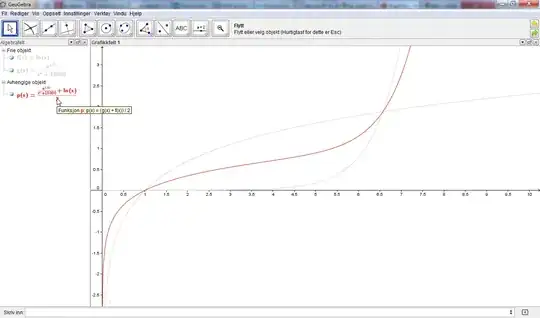The following question came up at a conference and a solution took a while to find.
Puzzle. Find a way of cutting a pizza into finitely many congruent pieces such that at least one piece of pizza has no crust on it.
We can make this more concrete,
Let $D$ be the unit disc in the plane $\mathbb{R}^2$. Find a finite set of subsets of $D$, $\mathcal{A}=\{A_i\subset D\}_{i=0}^n$, such that
- for each $i$, $A_i$ is simply connected and equal to the closure of its interior
- for each $i, j$ with $i\neq j$, $\operatorname{int}(A_i)\cap \operatorname{int}(A_j)=\emptyset$
- $\bigcup\mathcal{A}=D$
- for each $i,j$, $A_i=t(A_j)$ where $t$ is a (possibly orientation reversing) rigid transformation of the plane
- for some $i$, $\lambda(A_i\cap\partial D)=0$ where $\lambda$ is the Lebesgue measure on the boundary circle.
Note that we require only that $\lambda(A_i\cap\partial D)=0$ and not that $A_i\cap\partial D=\emptyset$. I know of a solution but am interested in what kinds of solutions other people can find, and so I welcome the attempt.




